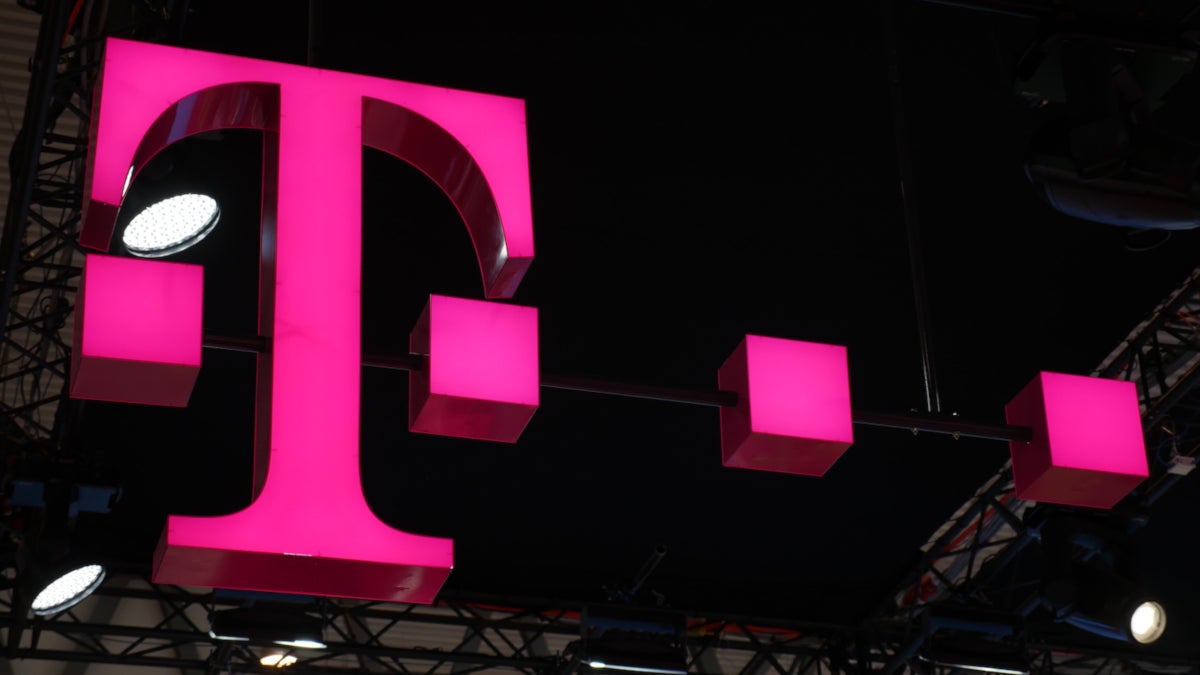Watch this video to learn about 5G from Bill Nye The Science Guy

5G is 5G, right? Uh, not really. There are two different types of 5G signals that can be broken down into three different spectrum bands and to teach the public all about them, T-Mobile has called on Bill Nye The Science Guy. First, Nye gets down to the basics by noting that 5G is the fifth-generation wireless technology. Ok, that is simple enough. And Nye also explains why 5G is so important by pointing out that 3G brought us mobile email and that 4G data speeds led to the creation of rideshare companies (in fact, there are two such firms each worth over $1 billion in Lyft and Uber). With 5G 10 times faster than 4G, Nye says that 5G could lead to the widespread use of driverless vehicles. You can be sure that new industries and technologies will be created once 5G networks are built out.
Learn the difference between sub-6GHz and mmWave 5G signals from Bill Nye
Next, Nye uses guitar strings to explain the difference between ultra-high mmWave airwaves and sub-6GHz. The former offers faster data speeds and carries more traffic. However, they do not penetrate structures that well. Sub-6GHz 5G signals include the mid-band spectrum that T-Mobile will obtain from Sprint once the merger closes. This stuff is rarer than a 1956 Mickey Mantle baseball card and the FCC will auction off more before the end of the year. Also part of the sub-6GHz spectrum is T-Mobile's bread and butter 600MHz low-band airwaves. These travel far and penetrate structures easily. However, they do not deliver the fastest 5G data speeds and do not have the capacity that mmWave does.


So you see why it is important to T-Mobile to acquire Sprint and offer a solid foundation made up of low and mid-band spectrum along with the high-band mmWave signals. As Bill Nye The Science Guy explains in the video, T-Mobile is the only U.S. carrier offering nationwide 5G at the moment with such signals covering over 200 million Americans and 5,000 cities and towns. Granted, the data speeds might not be fast enough to excite you but T-Mobile does have mmWave capacity in seven urban markets and is on track to obtain Sprint's mid-band airwaves.
While we are on the subject, yesterday's introduction of the Samsung Galaxy S20 family brings to the U.S. the first smartphones that work on both mmWave and sub-6GHz 5G signals. That means that the 5G enabled models support low-band 5G, high-band 5G and are "future-proofed" to work with the aforementioned mid-band spectrum that T-Mobile will receive from Sprint.
Taking a shot at Verizon's decision to stick to mmWave for its 5G network, T-Mobile's legendary CEO John Legere said, "While the biggest carrier in the country clings to their 4G glory days to distract from their nearly non-existent 5G, T-Mobile has already launched the country’s biggest 5G network. But this is only our foundational layer of 5G coverage — we aren’t stopping there. With the New T-Mobile, we’ll combine this core layer of 5G with Sprint’s 2.5 GHz mid-band spectrum to supercharge 5G, creating a broad and deep network for everyone … and these are the first phones that can tap into ALL that power, so we’re pumped to unleash them at the Un-carrier!" The executive has already announced that he is planning to leave T-Mobile in May. Current T-Mobile President and Chief Operating Officer Mike Sievert will replace Legere as CEO.
Now that you've watched Bill Nye explain 5G, you have earned the rank of 5G master. You can fascinate your friends and family by explaining the differences between low, mid, and high-band airwaves. And if they still can't understand how the whole thing works, forward them this article so that they too can learn about 5G.
Follow us on Google News













Things that are NOT allowed:
To help keep our community safe and free from spam, we apply temporary limits to newly created accounts: